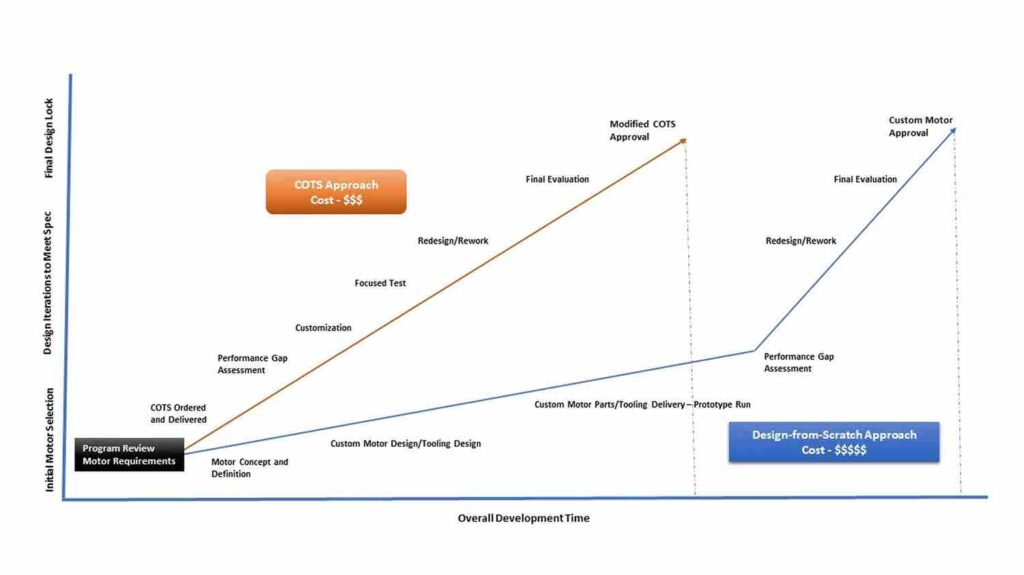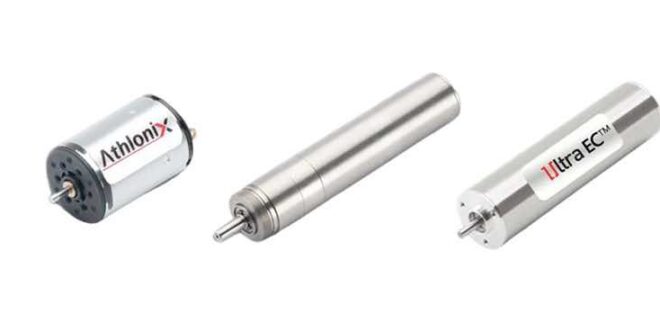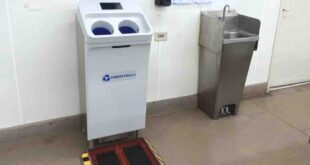A common expectation for military spec OEM projects is that each and every component will need to be bespoke designed and manufactured to meet the strict standard and certifications. But, if a manufacturer can demonstrate that their off-the-shelf product range is already designed to meet the rigours of the industry, this can help reduce the prototyping phase and speed up delivery to the market. Louis Mongin and Antonio Herrera report
Military grade equipment often demands the highest specifications to meet specialised requirements. To fulfil these criteria, aerospace and defence OEMs regularly stipulate the need for dedicated designs, developed specifically for the specific task. Miniature motion systems, typically involving motors, gearboxes, and encoders, are often used on critical military applications, from autonomous robotic vehicles through to radar systems. Field failure, error or inaccuracy isn’t an option, so it’s easy to see why a dedicated, design-from-scratch approach is taken.
The main drawback however, with a design-from-scratch approach, is time. Requiring the development of a new design, plus testing, the manufacturing process then demands production-ready drawings, the creation of tooling, as well as process documentation. The tooling associated with a new motor design alone might take more than 12 months to complete, meaning the total duration of a bespoke development adds years to a project’s timescale. This kind of development also comes at a premium.
Customising available designs
The alternative process is to use a commercial, off the shelf motor solution as the basis for prototype development. Motors must be selected that achieve the necessary levels of performance (speed, power, precision etc.) and durability at the outset. It is also critical that a motor manufacturer such as Portescap is selected, who can demonstrate a comprehensive customisation service that provides the specific attributes required for the aerospace and defence industry.
Design criteria for military applications usually includes the ability to withstand shock and vibration. These extreme forces are particularly evident in applications such as missile fin actuation. Optimising resistance can be achieved by upgrading the bearing system, the focus of greatest shock loads. Feedback elements too must be ruggedised by replacing glass encoder discs with durable solutions such as resolvers or magnetic scales.
Military specifications also have to accommodate wide temperature ranges, enabling operation in extreme conditions. An aircraft fuel valve actuator, for example, is subject to temperature extremes as it transitions to high altitude flight. Temperature change can cause materials to expand or contract at different rates, potentially damaging the motor. Special bearing lubrication could be used, or the winding and insulation system materials could be modified to handle the extremes.

Meanwhile, vacuum conditions, particularly impacting high altitude aircraft and space vehicles, can affect the ability of the motor to dissipate heat. As a result, the standard brush materials in DC brush motors can fail. In addition, the outgassing of bearing lubrication can affect bearing life or harm the vacuum environment with unwanted particulates. Customised options such as substituting brush and commutator materials, as well as incorporating additional heat dissipation methods and mil-spec lubricants, can resolve these issues.
When it comes to production of customised designs, motor manufacturers must also respond to critical manufacturing process needs tied to ISO and quality control. The motor manufacturer should also be able to produce several iterations in small batches, enabling a complete testing and validation process.
The advantages of customisation
Customising off the shelf designs removes the time delay in initial development. Instead of creating a completely new design from scratch, a lightly modified version of the standard motor can be used as a proof of concept. Further modifications can then be made to the prototype according to requirements. This stage can include several iterations, as well as the extensive testing and validation required for military use.
The speed of development enables the designer to spend more time on the aspects that really matter: the specific modifications required to meet critical specifications. However, customising an existing motion solution for mil-spec use can only be achieved with a manufacturer like Portescap that has the required experience and capability.
In addition to working in the military sector, Portescap has cross-sector experience with other demanding industries, so is able to suggest new innovations to military contractors. This way, advances in materials, design, manufacturing and documentation can benefit the project.
Louis Mongin is BLDC Product Strategy Manager and Antonio Herrera is Business Development Manager at Portescap.
 Engineer News Network The ultimate online news and information resource for today’s engineer
Engineer News Network The ultimate online news and information resource for today’s engineer




